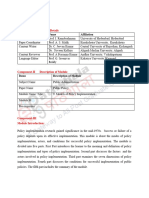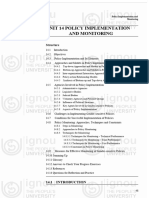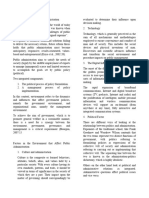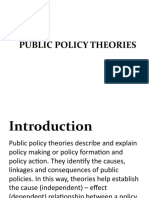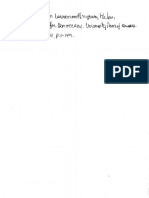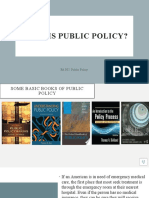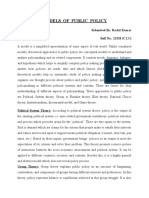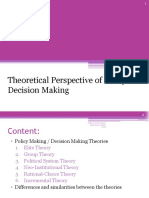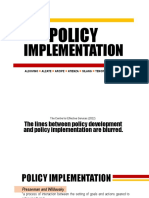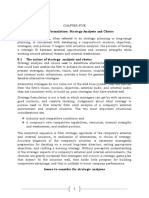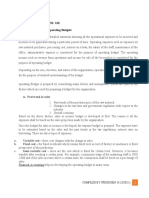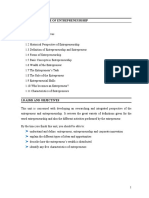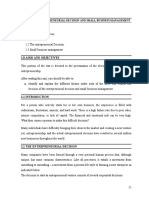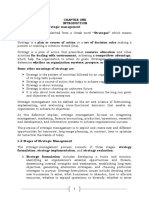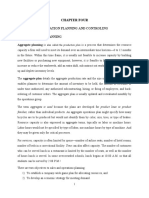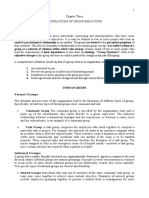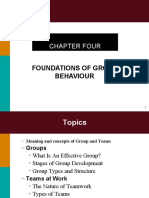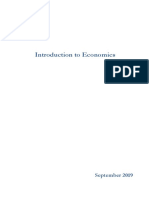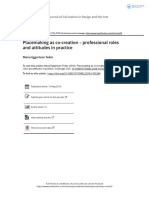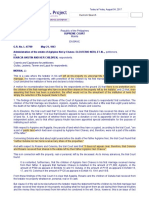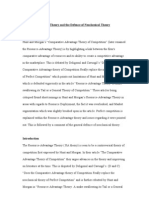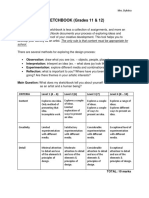0% found this document useful (0 votes)
1K views17 pagesPolicy Implementation Notes
This document discusses models and approaches to policy implementation. It begins by defining policy implementation and distinguishing it from policy-making. It then describes several models of policy implementation:
1) The top-down model which views implementation as a linear process moving from higher to lower levels of government.
2) The bottom-up model which sees implementation as an iterative process influenced both from the bottom levels of administration and from the political domain.
3) The policy-action model which focuses on the interactions between policy and action.
4) The inter-organizational interaction approach which examines the interactions between organizations involved in implementation.
It concludes by noting a synthesis of bottom-up and top-down approaches
Uploaded by
wubeCopyright
© © All Rights Reserved
We take content rights seriously. If you suspect this is your content, claim it here.
Available Formats
Download as DOCX, PDF, TXT or read online on Scribd
0% found this document useful (0 votes)
1K views17 pagesPolicy Implementation Notes
This document discusses models and approaches to policy implementation. It begins by defining policy implementation and distinguishing it from policy-making. It then describes several models of policy implementation:
1) The top-down model which views implementation as a linear process moving from higher to lower levels of government.
2) The bottom-up model which sees implementation as an iterative process influenced both from the bottom levels of administration and from the political domain.
3) The policy-action model which focuses on the interactions between policy and action.
4) The inter-organizational interaction approach which examines the interactions between organizations involved in implementation.
It concludes by noting a synthesis of bottom-up and top-down approaches
Uploaded by
wubeCopyright
© © All Rights Reserved
We take content rights seriously. If you suspect this is your content, claim it here.
Available Formats
Download as DOCX, PDF, TXT or read online on Scribd
/ 17
